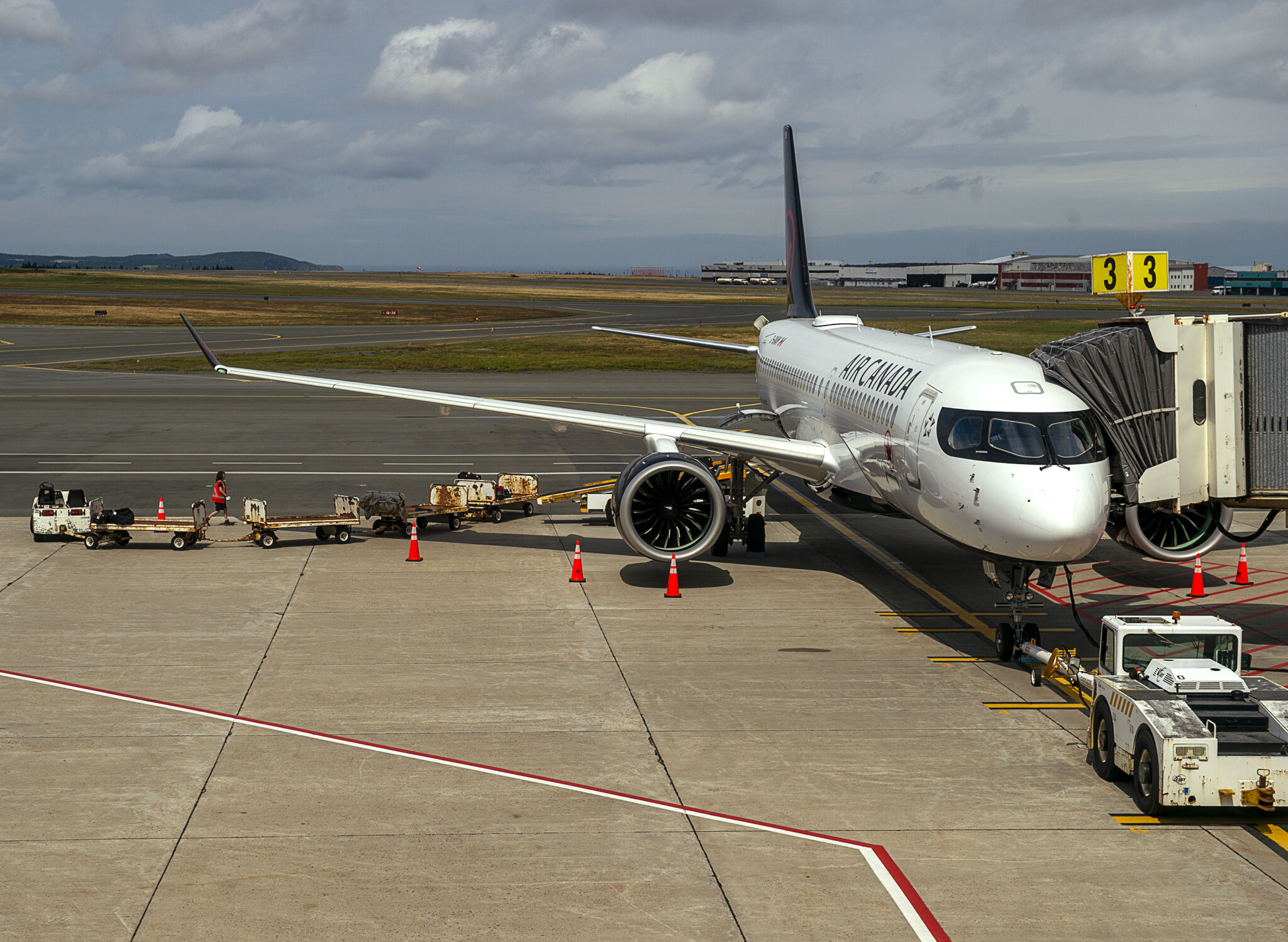Sustainable aviation fuel. Hydrogen. Digital efficiencies. When passengers talk about decarbonizing aviation, these are the fuels and technologies they expect to see rolled out by airlines and manufacturers in the not-so-distant future.
They aren’t wrong. Aviation is responsible for between 2 and 3 percent of worldwide man-made CO2 emissions, and most of the gains are likely to be made by airlines flying more efficient aircraft that incorporate these very technologies.
But while airlines will be using the fuel and manufacturers will be building the planes, we also need to talk about airports. The latter need to be a significant part of this conversation because we need them to double down on incorporating these fuels and technologies into the global infrastructure of aviation. The decarbonization of our industry is a challenge for the entire industry to solve together.
Airports are the places where sustainable aviation fuel will need to be piped and stored. Airports are the hubs where hydrogen will need to be produced, delivered, or liquefied. And airports are where these technologies will need to be brought together to reduce the emissions and impact of ground transportation.
In other words, we need airports to enable decarbonization by providing the infrastructure. Especially our largest airports, which see the most traffic and act as hubs for domestic flights and gateways for international traffic. They are key to enabling our sector to decarbonize at the greatest speed and the least cost.
So let’s look at how airports can help enable these big step changes.
Hydrogen is one of the most promising solutions for decarbonizing aviation—when generated from renewable energy using electrolysis, it comes with zero carbon dioxide emissions produced in flight. Airbus is already developing hydrogen-based solutions, and we are targeting bringing a hydrogen-powered aircraft to market by 2035. In May, Airbus announced a pilot program to explore the feasibility of hydrogen-powered flights in Canada with Canada’s three busiest airports—Toronto Pearson, Montreal-Trudeau, and Vancouver International.
Why? Because these airports have the Goldilocks combination: high-frequency, short-hop flights to minimize hydrogen’s heavier carrying weight, and the infrastructure scale to generate and supply liquid hydrogen and fuel cells to both their airline clients and their own ground vehicles.
Toronto Pearson is the country’s busiest airport for flights, and it sits at the junction of Canada’s second-largest employment zone and key transportation corridors, including five 400-series highways. Pearson’s new hydrogen filling station will be capable of supplying airport vehicles and transport trucks. Other big-city airports are on the case as well, including Edmonton International, which is developing hydrogen infrastructure and partnerships for use cases like shuttle buses, fuel-cell rental cars, and retail filling stations.
Sustainable aviation fuel (SAF) is widely seen as transitional, but its potential remains tantalizing: take bio-waste, blend it with jet fuel, and reduce emissions by 80 percent on average across its lifecycle without having to change out an aircraft’s existing engines.
Today, SAF is available in limited quantity, but it’s gaining steam. Many airlines and manufacturers are using these fuels and investing in their development, while dozens of countries, including Canada, have created policies encouraging their use. Limited volume means that SAF is still more expensive than conventional jet fuels—and will likely require incentives to become widely adopted. Canada is one of the most promising countries in terms of feedstock, but our supply chains and infrastructure remain in their infancy, especially compared to Europe, for example.
Again, airports will be key enablers of SAF use. Pipelines will need to be tested, built, and repurposed. Storage and mixing facilities will need to be built. Airports can also play key roles in incentivizing SAF use, giving airlines the necessary nudge toward adoption, either on their own or in conjunction with national policymakers.
Efficiency gains are the secret sauce in airport emissions reductions. Better processes, technologies, or design choices can help reduce emissions even further on the ground.
Frankfurt Airport recently put into play a new high-speed taxiway system meant to cut aircraft taxi times by nearly one-third. Amsterdam’s Schiphol is a global leader in circular design, dismantling, and rebuilding its facilities with precise demolition techniques and recycled construction materials to reduce emissions associated with new builds.
Calgary International and Toronto Pearson are among a growing number of airports worldwide to adopt precise navigational systems called RNP-AR that rely on satellite signals, which allows some aircraft to save fuel by reducing the length of their approaches.
Even taken together, these gains may represent a small proportion of aviation’s carbon footprint. But they add up and take the pressure off airlines and manufacturers to drive change alone. Airports don’t build or fly the planes, but they need to help us drive down emissions. Decarbonization is a challenge that we need to overcome together.
This episode was made possible by Toronto Pearson Airport and the generosity of listeners like you. Donate today.










